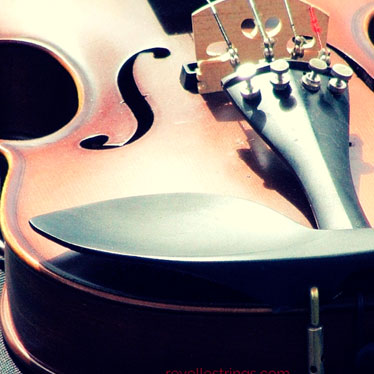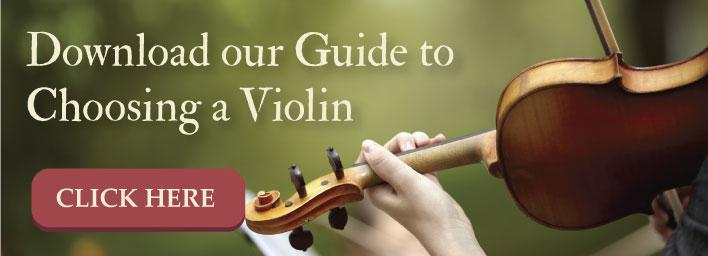What Should Parents Spend For A Quality Beginner Violin?

So your child wants to learn to play the violin. Great! By learning to play this musical instrument your child will join the ranks of a select group of individuals and gain a splendid number of personal benefits that range from improved academic performance to increased upper body strength and posture.
However, choosing the right beginner instrument is often bewildering. With so many options out there, parents can get confused about how much to spend for a quality instrument that will offer their child the best advantages for learning this new skill.
Buying Quality Pays Off
Although you can purchase beginner style instruments online or at discount department stores for around a couple hundred dollars, the quality of these types of violins makes playing and learning very challenging. Indeed, often your child’s instructor will have to devote much of the classroom time to dealing with the problems that plague poorly made instruments.
However, when you buy a quality crafted beginner violin, your child gets an instrument that sounds wonderful and offers a playability that encourages new students. The tonal values are crisper, cleaner and easier to distinguish, which simplifies the learning process involved with many of the fingering and bowing techniques. In addition, your child will be able to regularly advance on a quality instrument, and when he or she is ready to upgrade to an intermediate one, you have the option of keeping it or possibly reselling it to a music shop that will buy used instruments.
What Constitutes “Quality”?
The violin is an artisan crafted instrument, so although there are a number of things that contribute to its value, the two major considerations are craftsmanship and materials.
The materials used to create a violin are chosen for their unique musical properties, specifically, their ability to resonate. When you draw the bow across the strings, the vibrations produced are reflected in every part of the instrument; thus, the reason for using wood to create violins. But, not all woods resonate with the same wavelengths. Inferior violins will often feature low-quality woods or veneers, and other parts which cut-corners in cost production and contribute to poor performance.
Moreover, the manner used during the construction process is critical for generating excellent sound. Quality brand manufacturers build instruments in precision workshops using controlled conditions as a timely solution. A hand-crafted violin can take months, sometimes years to produce because of the painstaking woodwork involved. But, when these techniques are performed with precision calibrated machinery, the results are very correct.
The set up process also has a big impact on how well the violin will play and sound; but this step requires a hands-on approach. Luthiers are expert craftsman who specialize in building stringed instruments, and many music shops and dealers have these professionals on staff. Some newer brands build their quality student violins in a manufacturing environment and contract the set up process to the luthier/dealer. This provides a great way to get a quality beginner violin at an affordable price.
A good quality beginner instrument should feature:
- Spruce wood table (top)
- Maple hardwoods for the sides (ribs), back, and neck
- Precision joints (all the pieces should fit together without gaps or any creaking noises when gentle pressure is applied)
- Intricate working on the scroll (the carving should be attractive and deep)
- Excellent alignment and symmetry—When looking at the instrument, there shouldn’t be any noticeable, large differences between the two sides if you imagine a line from the top of the scroll to the bottom nut.
Considering Your Options
Look for a beginner “outfit” for your student musician. Although you can purchase the violin, case, bow, and rosin separately, outfits remove the guesswork involved and are often less expensive than buying these items individually.
Beginner violin outfits are usually priced from between $300-$600, depending on the size and brand. You can certainly purchase a student violin for less than that, but quality violins are worth their price. Indeed, some relatively new brands offer exceptional quality outfits for around $500, and the playability, sound, and accessories are truly superior.
It’s very important to have the right tools when you learn a new skill, and the violin is no different. Before buying, talk to your child’s instructor and get the opinions of several music shop professionals on their quality choices. These individuals love to share their experience and expertise and will be happy to help aid your decision.


